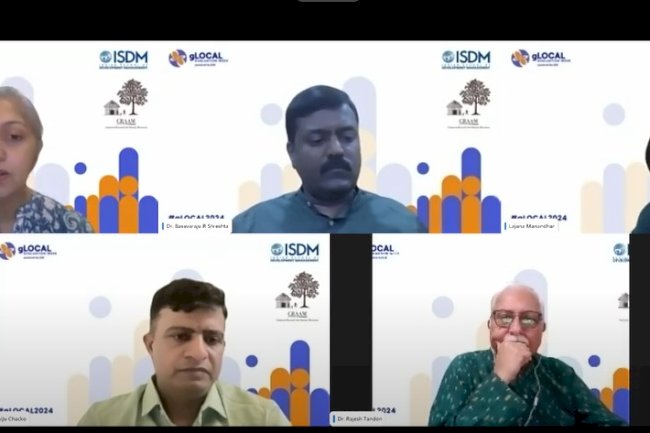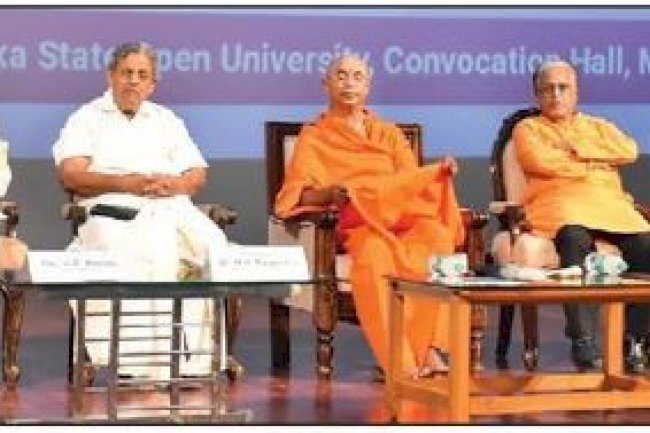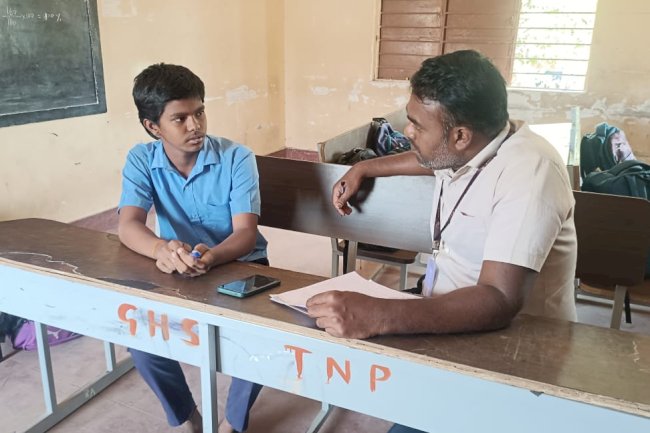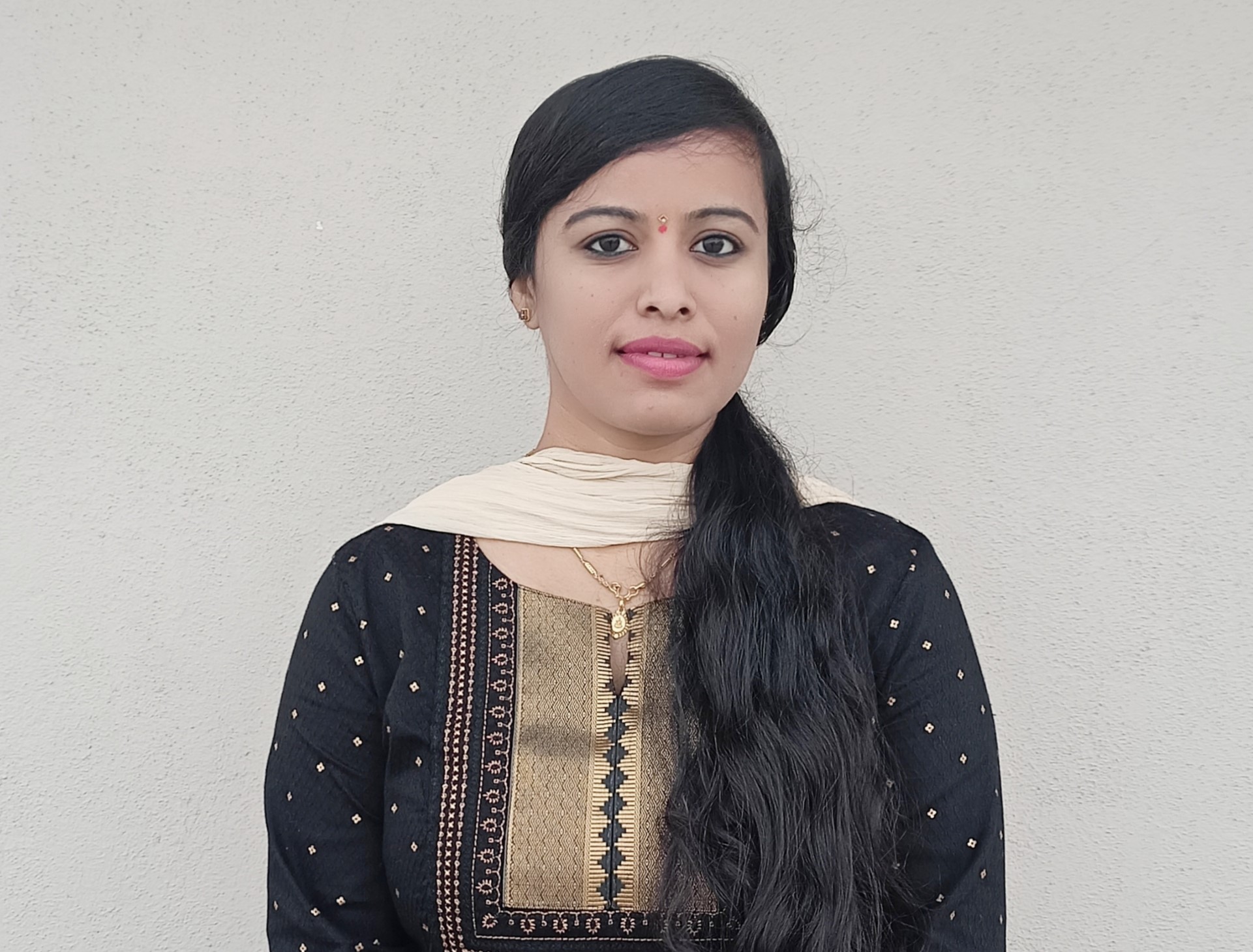Evaluation of an implementation of Graduation Approach by The/Nudge Institute in North Karnataka
Around the world, more than 700 million people (10% of the world’s population) experience extreme poverty, living on less than $1.90 per day (UN.org, n.d.). Extreme poverty excessively affects women, who often lack the resources, skills, and opportunities they need to escape the poverty trap. When it comes to India, the Global MPI Reports 2019 and 2020 pointed out that 21.9% of the population was poor in the country, and the number of poor was pegged at 269.8 million.
A snapshot of multidimensional poverty in Karnataka indicates that the rural MPI is 0.081 and the urban MPI is 0.021 (Niti Aayog, 2021). The North Karnataka region has been known to lag behind the other regions on the level of development. The Nanjundappa Committee, which supported its report in 2033, reported that out of the 39 most backward talukas in the state, as many as 26 were from North Karnataka (Bahadurdesai and Pattanshetti, 2018). Bidar and Gulbarga (Kalaburagi) districts in North Karnataka have multi-dimensional poverty headcount ratios of 19.42% and 21.75% respectively (Niti Aayog, 2021), indicating that noteworthy shares of the population in these districts of North Karnataka suffer from multi-dimensional poverty.
The Graduation approach is a multifaceted set of interventions designed to address the complex nature of extreme poverty. These interventions are adapted to the local context and generally include connecting participants to social protection to meet their basic needs, providing training and assets for income generation, financial literacy and savings support, and social empowerment through community engagement and life skills training - all facilitated through in-person coaching. The Graduation approach empowers participants to develop sustainable livelihoods that set them on a path of upward economic mobility. They also become better integrated into society, develop social connections, improve their self-esteem, and establish active roles in their communities (BRAC, 2021).
The/Nudge Institute is scaling up adaptations of the Graduation Approach in multiple states. Having implemented the approach in Jharkhand, the organization is about to implement a customized version of the same in the districts of Gulbarga (Kalaburagi) and Bidar in the deprived region of North Karnataka. In the project commissioned by The/Nudge, GRAAM will be undertaking a baseline and endline evaluation of the intervention in North Karnataka.

Project Snapshot:
| Project Name | Evaluation of an implementation of Graduation Approach by The/Nudge Institute in North Karnataka |
| Project Sanction Date | 22 Nov 2022 |
| Project Period | Nov 2022 to Feb 2025 |
| Project Location | Bidar and Gulbarga districts in Karnataka |
| Project Supported By |

|
| Project Team |
Project objectives:
1) To document the baseline and endline levels on the key outcome indicators pertaining to the various programme dimensions such as livelihood and poverty reduction, financial inclusion, social protection/linkage to social entitlements, food security, nutrition and health, and social and gender empowerment
2) To assess the extent to which outcomes of the programme have been achieved with respect to the various programme dimensions.
3) To assess the changes that have happened in the lives and livelihoods of the ultra-poor beneficiaries in the selected locations as a result of the programme
4) To trace and document the processes and ways in which the programme has brought about changes in the lives of the targeted ultra-poor, and the contextual factors shaping the programme implementation in the selected locations of North Karnataka
Project Result / Accomplishments:
The study is being conducted
using a Difference-In-Difference design. Such a design involves two levels of
comparison in Bidar and Kalaburagi districts of Karnataka:
·
Comparison of the intervention group
between endline and baseline levels to show the status before and after
intervention or at different stages of intervention
· Comparison of the intervention group with control group (with-without benefit comparison)
Summary and Findings of the study:
· Most respondents were
agricultural labour and engaged in one livelihood activity
·
98% of the households mentioned farm wage labour from Agriculture
as their main source of livelihood. The average annual household income for
intervention group was Rs. 50425, as against Rs. 62889.72 for the control
groups. In the intervention group, about 29% of the households fell in the
income category of Rs. 25001 to Rs. 50000, as against about 28% in the control
group
·
Average number of days in a year intervention households are
getting employment is 186.98; for control this is 208.71
·
In terms of access to entitlements, the percentage of households
availing assistance from different government schemes is 52.04% and 48.62% for
intervention and control groups
·
There are significantly lesser Women Headed Households in the
intervention group than in the control group in Bidar
·
In terms of the
levels of income between the Kalaburagi and Bidar intervention groups, the
group in Kalaburagi is poorer compared to the one in Bidar. This in terms of
income, assets, savings pattern and food security in the long run. The primary
reason for this may be due to the scattered nature of the intervention group in
Kalaburagi with poor access conditions to the main centres of the district
·
A key measure that needs to be taken for broader community
involvement is to make the ultra-poor take ownership and engage better with the
community. This would be one of the most important ways for ensuring project
success. Only if the ultra-poor are able to confidently engage with the
community at large and are engaged and encouraged to take decisions related to
empowerment and monetary transactions will this project be successful








